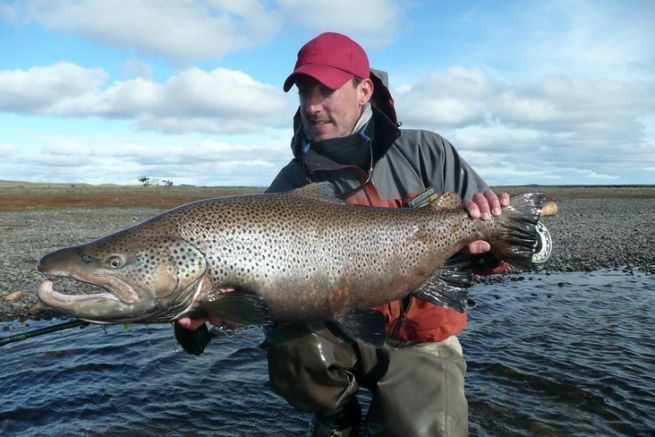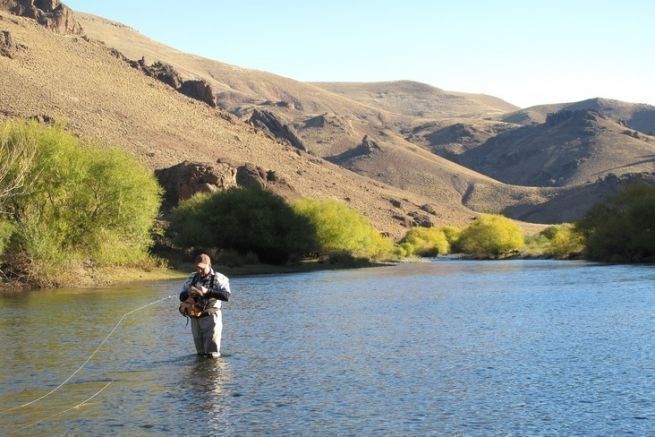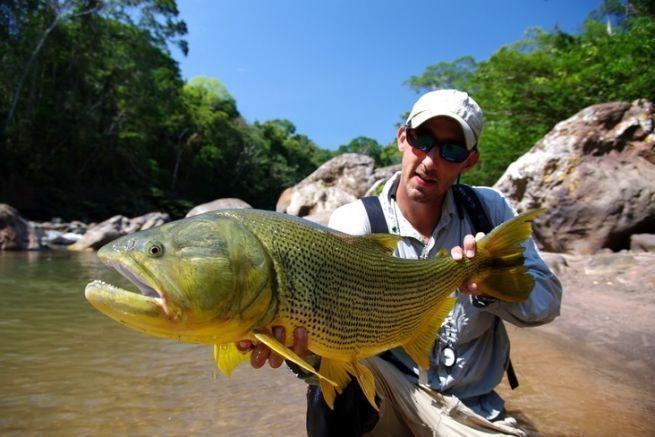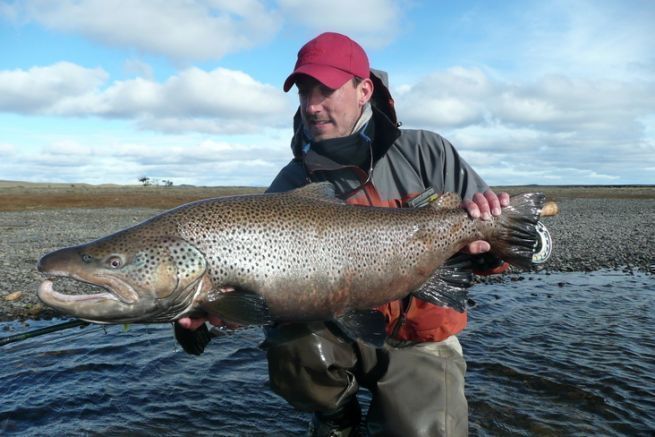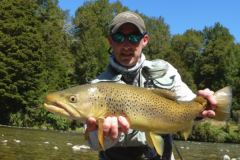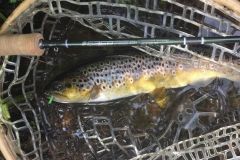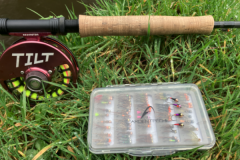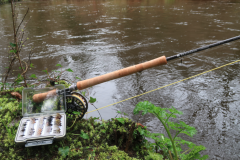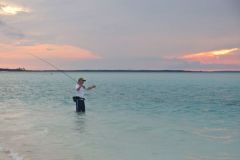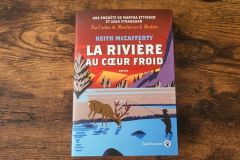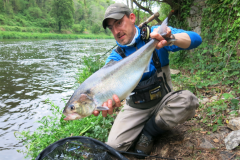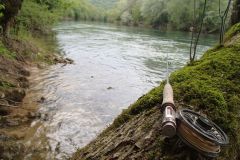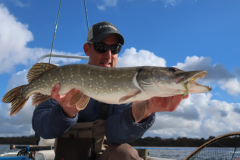In the very south of the American continent, in Argentina and more particularly in Tierra del Fuego, flows a unique river: the Rio Grande. Since the early 1980s, international anglers have been able to test themselves against the world's biggest sea trout!
A unique river for unusual fish
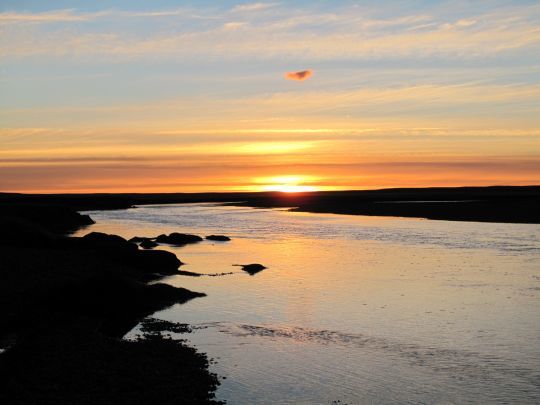
In 1935, John Goodall, manager of Estancia José Menendez, decided to plant 60,000 eggs of English-bred Fario trout in the tributaries of the Rio Grande to practice his favorite pastime with friends. The trout quickly drifted down the main river, finding insufficient food, and then out to sea, where they became anadromous. The rich ocean, little exploited by commercial fishing, gives them very rapid growth and a high survival rate. All the trout have to do is return to the Rio Grande and its tributaries to spawn on the many gravel pits available, perfect for spawning and fry development.
Just over 40 years later, the first lodge, Kau Tapen, managed by Nervous Waters, opened its doors to anglers from all over the world to catch beautiful sea trout. With American guides bringing their expertise and knowledge of migratory fish fishing, catches of large sea trout became commonplace. Initially fished with one-handed rods and teeny 300 sinker lines, each season brings the opportunity to discover new pools and refine techniques. New flies specific to this river were also born.
Today, this entirely private river is recognized as the best in the world for sea-run brown trout fishing.
Special equipment to catch these record-breaking fish
Far removed from the equipment used in the early days, today's fishing is mostly done with two-handed rods and switches, which provide good pool coverage and, above all, cast without too many problems in the constant strong winds that characterize this part of the world. Indeed, days with gusts of over 80 km are not uncommon, and it's often a challenge to cast your flies accurately close to the opposite bank where the fish are holding.
You'll need the full range of casting lines, from float to sinker and polyleader, to fish effectively all season long and adapt to the conditions and moods of the fish.
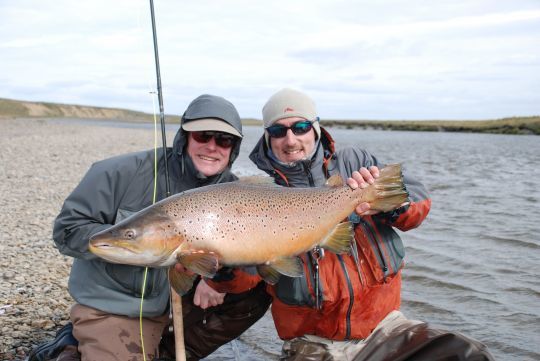
As far as flies are concerned, a wide selection will be needed to seduce these sea trout, which are present in abundance but not so easy to lure. Like Atlantic salmon, sea trout do not feed once they have begun their migration. They take the fly out of aggression and to defend their territory.
From the small nymph (on a strong iron hook) with plastic legs (a local speciality) to the large, colourful articulated leech, you name it. You need to be a connoisseur to know which model is best suited to the conditions at hand. The touch in the form of a shot, often violent, is very pleasant. The rather heavy fights, with a few acrobatics, remain engraved in the memories of anglers from the four corners of the globe.
Drowned fish, but not only
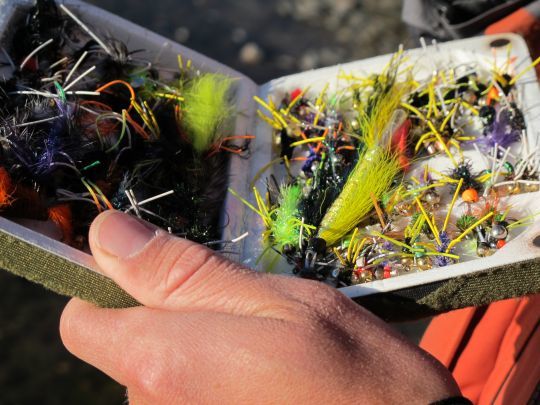
Fishing is often ¾ downstream, but anything is possible on this river, which is home to between 50,000 and 80,000 individuals!
Upstream casting with small weighted nymphs also works. The use of tube flies such as the sunray shadow provides unique bites. Sea trout react very violently to this tube fly, which is rapidly brought below the surface.
Sometimes you'll have to go deeper and try bugs (understand insect, but they're big, well weighted nymphs) or the famous Green machine, to catch sulky fish. Surface fishing is also possible.
Knowledge of the "hotspots" is essential to know where to insist and how to get your fly through. The local Argentine and international guides, including myself, know this inside out and will give you unforgettable moments.
